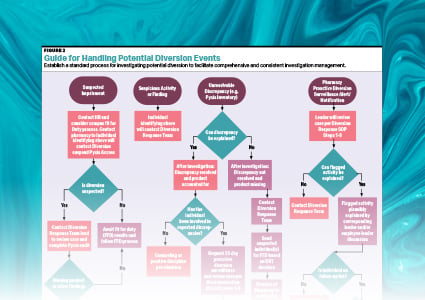- Show Menu
- Contact Us
- FAQs
- Reader Service
- Survey Data
- Survey Winners
- Testimonials
- Upcoming Events
- Webinars
- White Papers
Outpatient Pharmacy
The number of hospitals operating outpatient pharmacies remained flat this year at 49%. Automation use in support of these operations is widespread, with 80% of all outpatient pharmacies utilizing a variety of outpatient-specific automation tools. While future projections indicate that a majority of outpatient pharmacies plan to expand their capabilities, it is notable that a growing number of facilities are content to maintain their current levels of service.
For more information, visit pppmag.com/automation and select Ambulatory Automation, then Outpatient Pharmacy Automation.

Facility size, and the attendant resources, are a strong indicator of the likelihood of implementing an outpatient pharmacy operation.

Both government-owned facilities and academic medical centers have demonstrated a steadfast dedication to providing outpatient pharmacy services to their patients. Community-based facilities have been slower to add outpatient pharmacies.

Over the next 3 years, the majority of facilities plan to expand their outpatient services. Yet it is notable that the 57% planning to expand their outpatient operations is down from 2 years ago, when 76% were planning to expand their outpatient services.

Automation is widely utilized to support outpatient pharmacy operations; particularly popular are e-prescribing, bar code verification, and point-of-sale programs, along with automated pill counters and robotic dispensing systems.
Click here to view a larger version of this Chart.

While the outpatient pharmacies at smaller facilities generally dispense up to 5,000 prescriptions per month, those facilities with more than 200 beds fill a much broader range of prescriptions.
Click here to view a larger version of this Chart.
Like what you've read? Please log in or create a free account to enjoy more of what www.pppmag.com has to offer.








